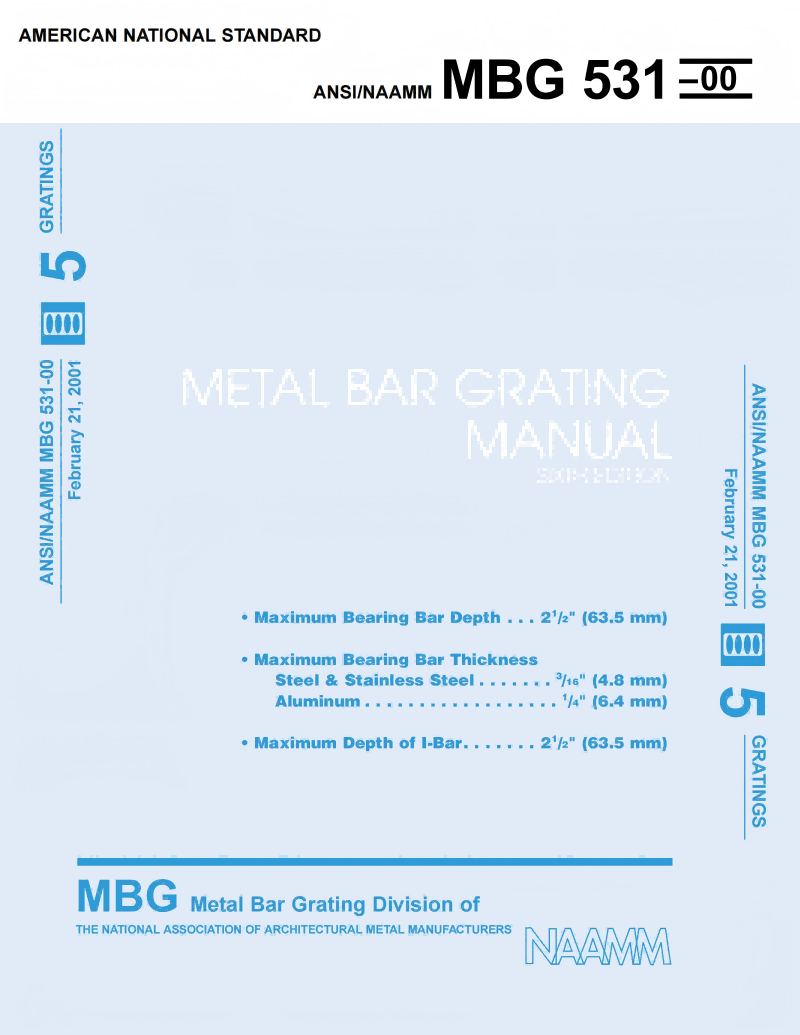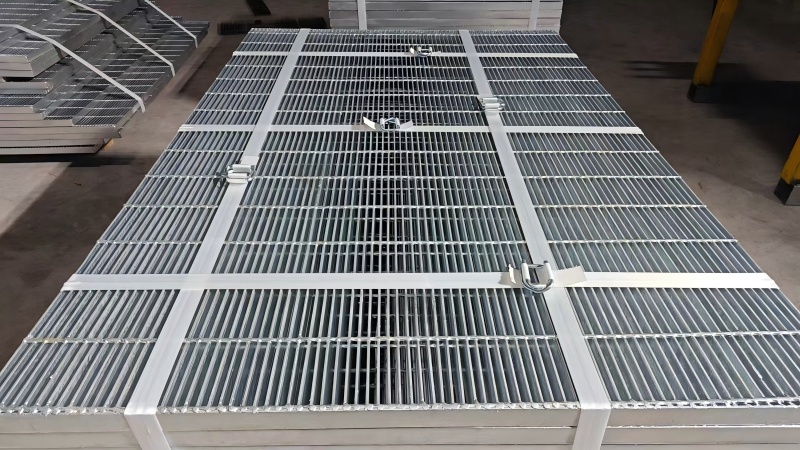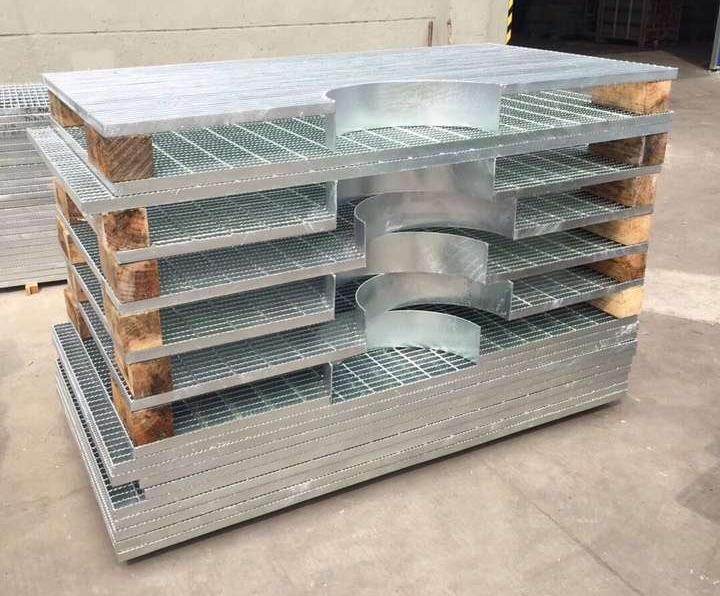In the production of steel gratings, welding process is the core link that determines the strength and durability of the product. The ANSI/NAAMM (MBG531-88) steel grating standard clearly stipulates the technical requirements of the welding process to ensure the performance stability of the product under complex environments such as high strength and dynamic loads. This article will analyze the detailed requirements of the ANSI/NAAMM standard for the welding process of steel gratings from three aspects: welding method, quality standard, and inspection process.

1. Automated welding is preferred
The ANSI/NAAMM standard recommends the use of automated welding technology (such as resistance welding and CO2 shielded welding) to ensure that the welds are uniform and firm.
The automated process avoids human errors and can greatly improve the consistency of welding quality.
2. Welding point strength
The weld must reach more than 80% of the parent material strength to ensure that there will be no cracks or loosening under load-bearing or vibration environments.
3. Welding spacing specification
The spacing of the welding points must strictly follow the design specifications, and the common spacing is 50mm or less to ensure that the overall bearing capacity of the steel grating is evenly distributed.

1. Appearance quality inspection
The ANSI/NAAMM standard requires that the surface of the welding point is smooth, without obvious pores, cracks or slag inclusions.
The welding area must be free of spatter and burrs to reduce the risk of corrosion in the later stage.
2. Strength test
Perform a shear test on the welding point to verify whether it meets the dynamic and static load requirements.
Under high load scenarios, the welding point must withstand at least 1.5 times the design bearing capacity to ensure safety.
3. Ultrasonic testing
Perform non-destructive testing on important welding parts to ensure that there are no pores or unfused problems inside the welding point.

1. Anti-corrosion treatment of the welding area
After welding, hot-dip galvanizing or plastic spraying is required to effectively prevent the welding area from rusting prematurely due to exposure to the air.
The ANSI/NAAMM standard clearly stipulates that the thickness of the galvanized layer shall not be less than 70μm to ensure corrosion resistance in long-term use.
2. Post-welding correction
The deformation of the steel grating caused by welding needs to be corrected to ensure that the flatness and installation adaptability of the finished product meet the requirements.
Case 1: Steel grating for industrial platforms
Problem: The platform carries heavy equipment, and the welding points are partially failed due to looseness.
Solution: Select automatic welding process that meets ANSI/NAAMM standards, optimize the spacing between welding points, and perform ultrasonic testing and hot-dip galvanizing after welding.
Effect: The platform runs stably, the bearing capacity is increased by 30%, and the maintenance cost is reduced by 40%.
Case 2: Municipal drainage ditch cover project
Problem: The welding points are locally corroded due to pore problems, affecting the strength of the drainage cover.
Solution: Improve welding quality according to ANSI/NAAMM standards, optimize welding processes and increase post-weld anti-corrosion treatment.
Effect: The service life of the cover is extended to more than 10 years, and the safety hazards are eliminated.

The ANSI/NAAMM (MBG531-88) steel grating standard puts forward comprehensive and strict requirements for the welding process. From welding methods to quality inspection, from anti-corrosion treatment to post-correction, each link is precisely regulated. These requirements not only ensure the strength and durability of steel gratings, but also provide solid guarantees for their application in municipal engineering, industrial platforms and other fields.